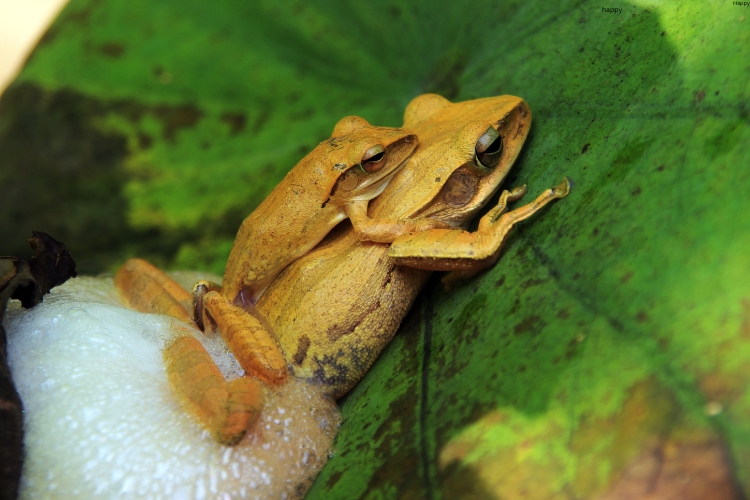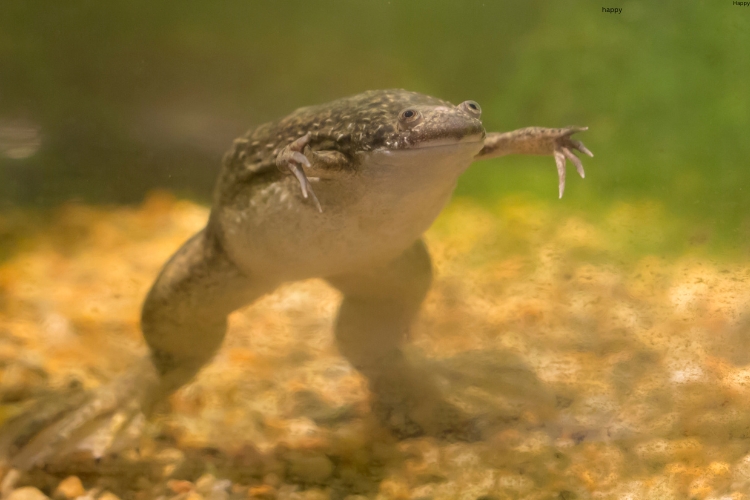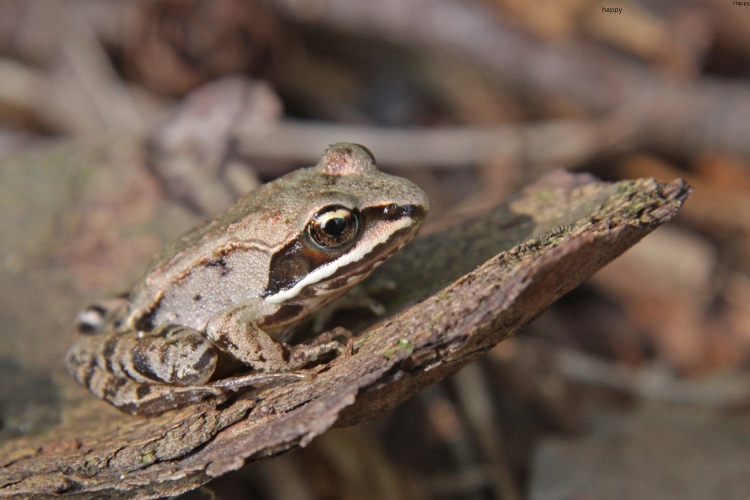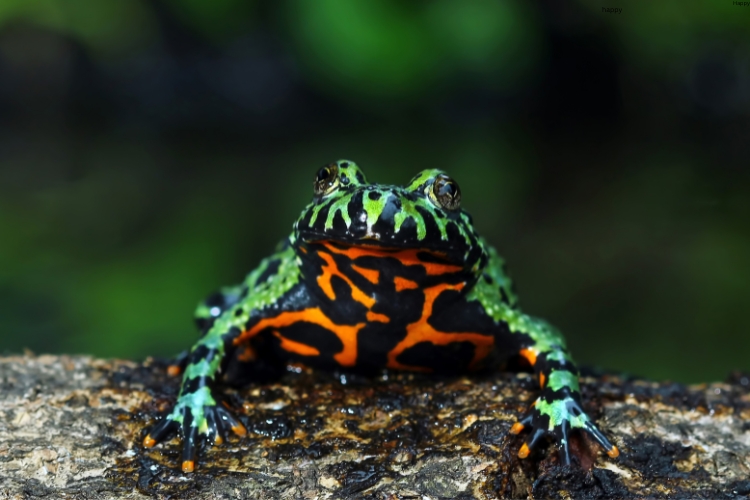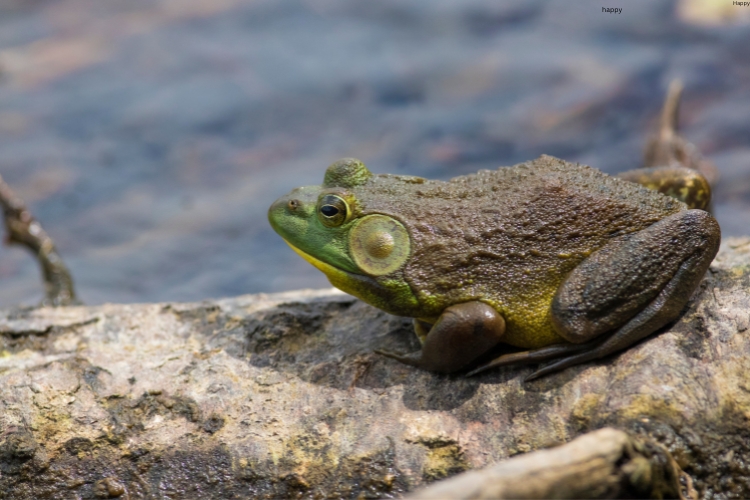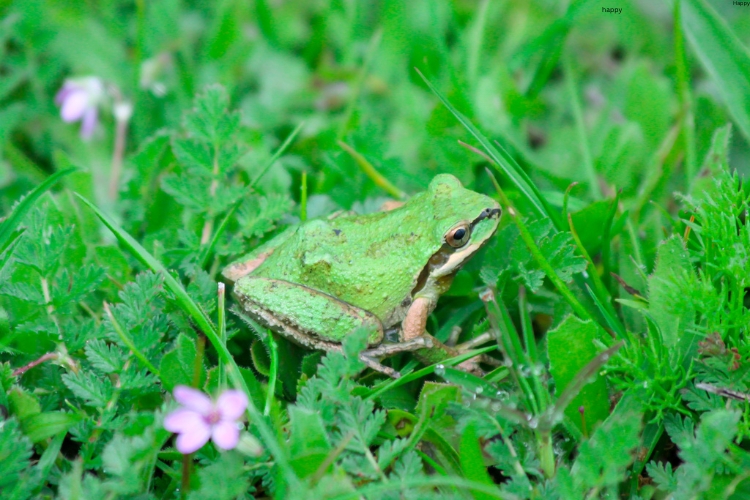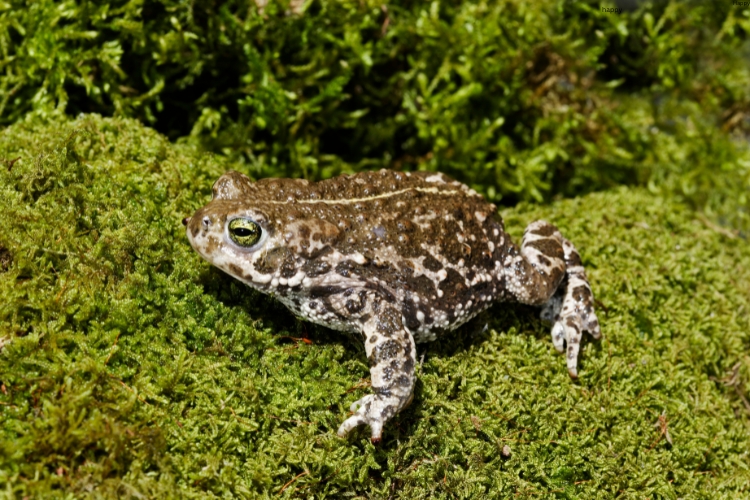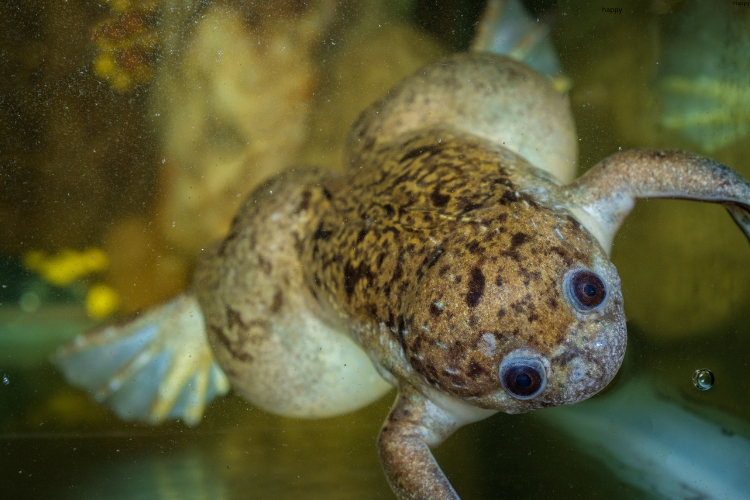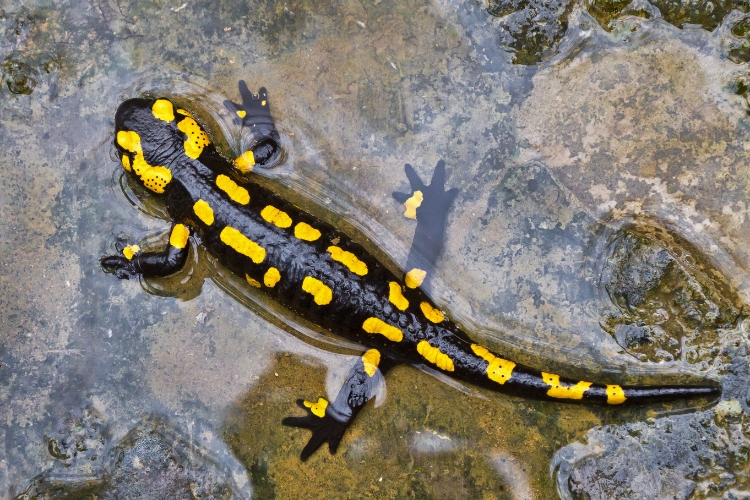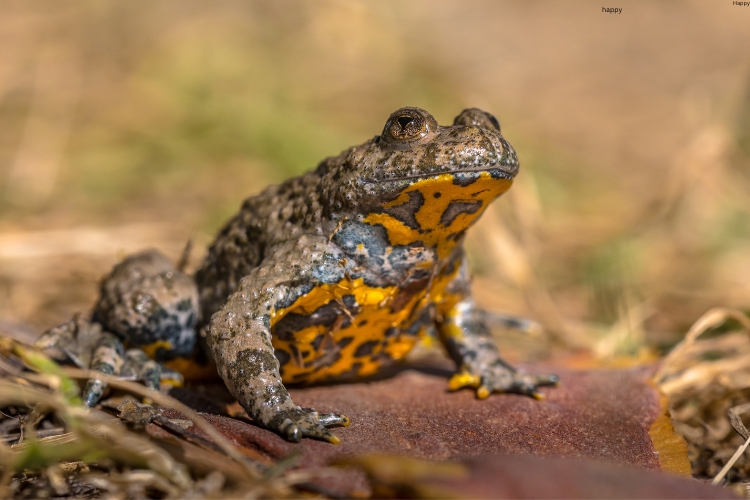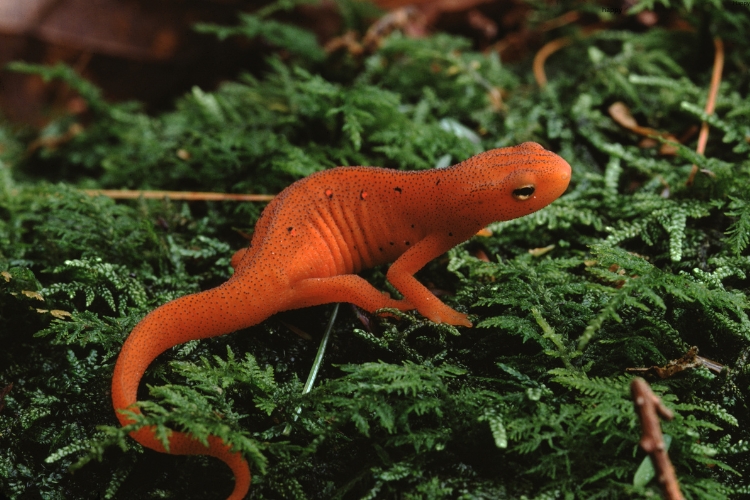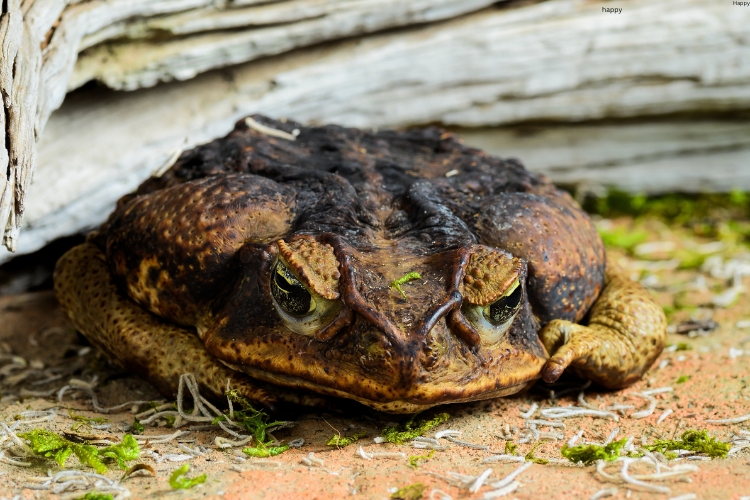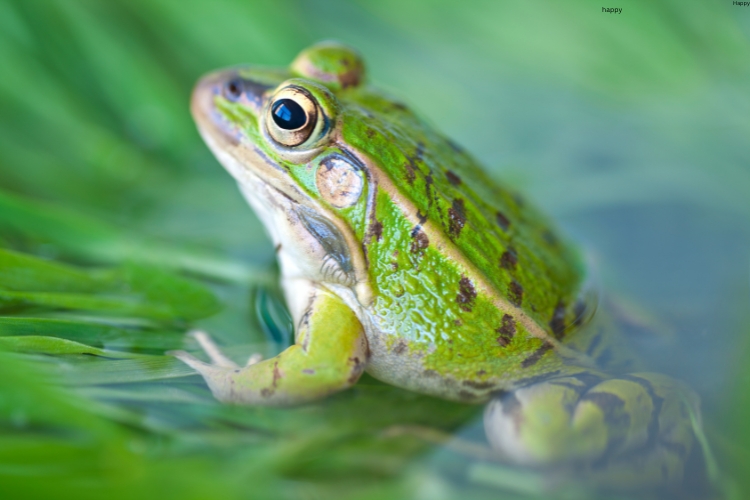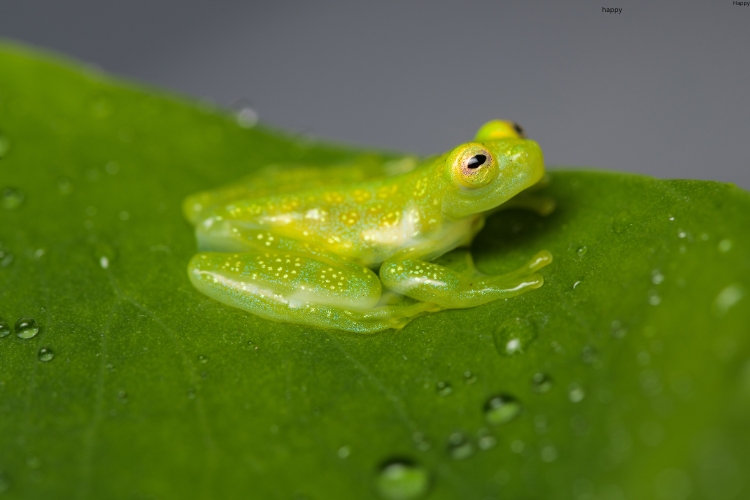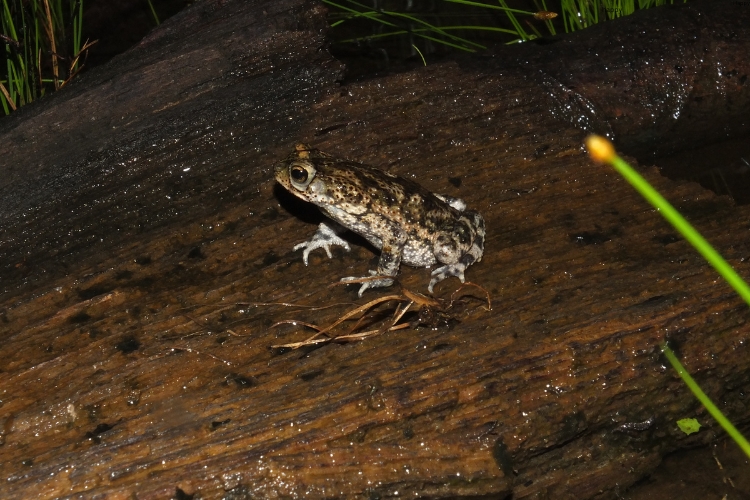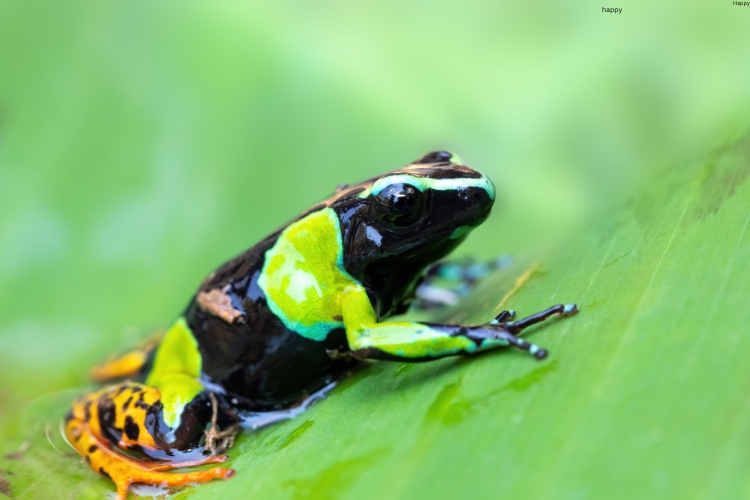Amphibians, those fascinating creatures that bridge the gap between aquatic and terrestrial life, have evolved a variety of reproductive strategies.
Some species have developed remarkably fast breeding cycles, allowing them to rapidly increase their populations under favorable conditions.
In this blog post, we’ll explore the 25 fastest breeding amphibians, delving into their unique characteristics, habitats, and the factors that contribute to their rapid reproduction.
Understanding Amphibian Reproduction
Before we dive into our list, it’s essential to understand the basics of amphibian reproduction:
- Most amphibians are oviparous (egg-laying)
- They typically require water for breeding
- External fertilization is common
- Many species go through a metamorphosis stage
Factors that influence breeding speed include:
- Environmental conditions
- Availability of food
- Predation pressure
- Genetic adaptations
The 25 Fastest Breeding Amphibians
1. African Clawed Frog (Xenopus laevis)
The African Clawed Frog is renowned for its rapid breeding cycle. These aquatic frogs can produce up to 27,000 eggs per clutch and breed multiple times a year under optimal conditions.
Key Features:
- Habitat: Freshwater environments in sub-Saharan Africa
- Breeding cycle: Can breed year-round in captivity
- Development time: Tadpoles metamorphose in 6-8 weeks
2. Wood Frog (Rana sylvatica)
Wood Frogs are known for their explosive breeding behavior, often emerging from hibernation to breed in large numbers.
Key Features:
- Habitat: Forests across North America
- Breeding cycle: Annual, typically in early spring
- Development time: Tadpoles transform in 6-15 weeks
3. Red-Eyed Tree Frog (Agalychnis callidryas)
These iconic frogs of Central American rainforests have a relatively quick breeding cycle.
Key Features:
- Habitat: Tropical rainforests
- Breeding cycle: Can breed multiple times during rainy season
- Development time: Tadpoles metamorphose in about 80 days
4. Fire-Bellied Toad (Bombina orientalis)
Fire-Bellied Toads are prolific breeders, capable of producing multiple clutches in a single season.
Key Features:
- Habitat: Eastern Asia
- Breeding cycle: Spring to summer
- Development time: Tadpoles transform in 6-8 weeks
5. Cane Toad (Rhinella marina)
Infamous for their invasive potential, Cane Toads can breed rapidly under favorable conditions.
Key Features:
- Habitat: Native to South and Central America, introduced elsewhere
- Breeding cycle: Can breed year-round in tropical climates
- Development time: Tadpoles metamorphose in 4-8 weeks
6. American Bullfrog (Lithobates catesbeianus)
American Bullfrogs are prolific breeders, contributing to their success as an invasive species in many parts of the world.
Key Features:
- Habitat: Originally eastern North America, now widespread
- Breeding cycle: Late spring to early summer
- Development time: Tadpoles can take 1-3 years to metamorphose
7. Pacific Chorus Frog (Pseudacris regilla)
These small frogs are known for their ability to breed quickly when conditions are right.
Key Features:
- Habitat: Western North America
- Breeding cycle: Winter to spring
- Development time: Tadpoles transform in 2-3 months
8. Axolotl (Ambystoma mexicanum)
While not the fastest breeder, Axolotls are notable for their ability to reproduce while retaining juvenile characteristics.
Key Features:
- Habitat: Lake Xochimilco, Mexico
- Breeding cycle: Can breed year-round in captivity
- Development time: Eggs hatch in 10-14 days
9. Common Frog (Rana temporaria)
Common Frogs are known for their synchronized breeding behavior.
Key Features:
- Habitat: Europe and parts of Asia
- Breeding cycle: Early spring
- Development time: Tadpoles metamorphose in 10-12 weeks
10. Natterjack Toad (Epidalea calamita)
Natterjack Toads have adapted to breed quickly in temporary water bodies.
Key Features:
- Habitat: Western Europe and parts of Asia
- Breeding cycle: Spring to early summer
- Development time: Tadpoles transform in 4-6 weeks
11. Green Tree Frog (Hyla cinerea)
Green Tree Frogs can breed multiple times during a long breeding season.
Key Features:
- Habitat: Southeastern United States
- Breeding cycle: Spring to fall
- Development time: Tadpoles metamorphose in 5-7 weeks
12. African Dwarf Frog (Hymenochirus boettgeri)
These small aquatic frogs can breed frequently under optimal conditions.
Key Features:
- Habitat: Equatorial Africa
- Breeding cycle: Can breed year-round in captivity
- Development time: Tadpoles transform in 6-8 weeks
13. Painted Reed Frog (Hyperolius marmoratus)
Painted Reed Frogs are known for their ability to breed rapidly during the rainy season.
Key Features:
- Habitat: Sub-Saharan Africa
- Breeding cycle: Rainy season
- Development time: Tadpoles metamorphose in 4-6 weeks
14. Mantella Frog (Various Mantella species)
While not the fastest breeders, Mantella frogs can reproduce quickly under optimal conditions.
Key Features:
- Habitat: Madagascar
- Breeding cycle: Rainy season
- Development time: Tadpoles transform in 6-8 weeks
15. Spotted Salamander (Ambystoma maculatum)
Spotted Salamanders engage in explosive breeding events.
Key Features:
- Habitat: Eastern North America
- Breeding cycle: Early spring
- Development time: Larvae metamorphose in 2-4 months
16. Fire Salamander (Salamandra salamandra)
Fire Salamanders are unique in giving birth to fully developed young or laying eggs that hatch almost immediately.
Key Features:
- Habitat: Central and Southern Europe
- Breeding cycle: Spring to fall
- Development time: Larvae develop internally or hatch quickly
17. Yellow-Bellied Toad (Bombina variegata)
Yellow-Bellied Toads can breed multiple times during a single season.
Key Features:
- Habitat: Central and Southern Europe
- Breeding cycle: Spring to summer
- Development time: Tadpoles transform in 6-8 weeks
18. Marbled Newt (Triturus marmoratus)
Marbled Newts have a relatively short larval period for a salamander.
Key Features:
- Habitat: Western Europe
- Breeding cycle: Spring
- Development time: Larvae metamorphose in 2-3 months
19. Eastern Newt (Notophthalmus viridescens)
Eastern Newts have a complex life cycle but can breed annually once mature.
Key Features:
- Habitat: Eastern North America
- Breeding cycle: Spring
- Development time: Larvae transform in 2-5 months
20. Suriname Toad (Pipa pipa)
Suriname Toads have a unique breeding strategy where eggs develop in the female’s back.
Key Features:
- Habitat: South America
- Breeding cycle: Rainy season
- Development time: Fully formed toadlets emerge from mother’s back after 3-4 months
21. Midwife Toad (Alytes obstetricans)
Male Midwife Toads carry fertilized eggs on their backs until they’re ready to hatch.
Key Features:
- Habitat: Western Europe
- Breeding cycle: Spring to summer
- Development time: Eggs hatch after 3-6 weeks of care by male
22. Puerto Rican Coquí (Eleutherodactylus coqui)
Coquí frogs have direct development, bypassing the tadpole stage.
Key Features:
- Habitat: Puerto Rico
- Breeding cycle: Year-round
- Development time: Froglets hatch from eggs after 17-26 days
23. Darwin’s Frog (Rhinoderma darwinii)
Male Darwin’s Frogs incubate tadpoles in their vocal sacs.
Key Features:
- Habitat: Chile and Argentina
- Breeding cycle: Austral spring and summer
- Development time: Tadpoles develop in male’s vocal sac for 6-8 weeks
24. Glass Frog (Various species in family Centrolenidae)
Glass Frogs can breed multiple times during the rainy season.
Key Features:
- Habitat: Central and South America
- Breeding cycle: Rainy season
- Development time: Tadpoles develop in 14-20 days
25. African Foam-Nest Frog (Chiromantis xerampelina)
These frogs create foam nests for their eggs, which develop rapidly.
Key Features:
- Habitat: Sub-Saharan Africa
- Breeding cycle: Rainy season
- Development time: Tadpoles hatch and drop into water after 3-5 days
Factors Influencing Rapid Breeding
Several factors contribute to the rapid breeding capabilities of these amphibians:
- Environmental adaptations
- Evolutionary pressure
- Reproductive strategies
- Metabolic rates
- Parental care (or lack thereof)
Conservation Implications
Understanding the breeding patterns of these fast-reproducing amphibians is crucial for conservation efforts. While their rapid breeding can sometimes lead to invasive issues, it can also be beneficial for species recovery programs.
| Conservation Aspect | Positive Impact | Potential Challenges |
|---|---|---|
| Population Recovery | Quick rebound potential | Risk of overpopulation |
| Genetic Diversity | Rapid adaptation | Potential inbreeding in small populations |
| Habitat Management | Efficient use of temporary habitats | Need for diverse habitat types |
| Captive Breeding | Easier to maintain populations | May not reflect natural breeding patterns |
Conclusion
The 25 fastest breeding amphibians showcase the incredible diversity and adaptability of these fascinating creatures. From the African Clawed Frog’s prolific egg-laying to the unique parental care of the Midwife Toad, each species has evolved strategies to maximize its reproductive success.
Understanding these rapid breeders not only provides insights into amphibian biology but also offers valuable lessons for conservation and ecosystem management.
As we continue to face global challenges like habitat loss and climate change, the resilience and adaptability of these fast-breeding amphibians may prove crucial in maintaining biodiversity.
However, it’s important to remember that even species with high reproductive rates can be vulnerable to rapid environmental changes.
By studying and protecting these remarkable creatures, we not only preserve an essential part of our planet’s biodiversity but also gain valuable insights into the intricate workings of nature’s reproductive strategies.


